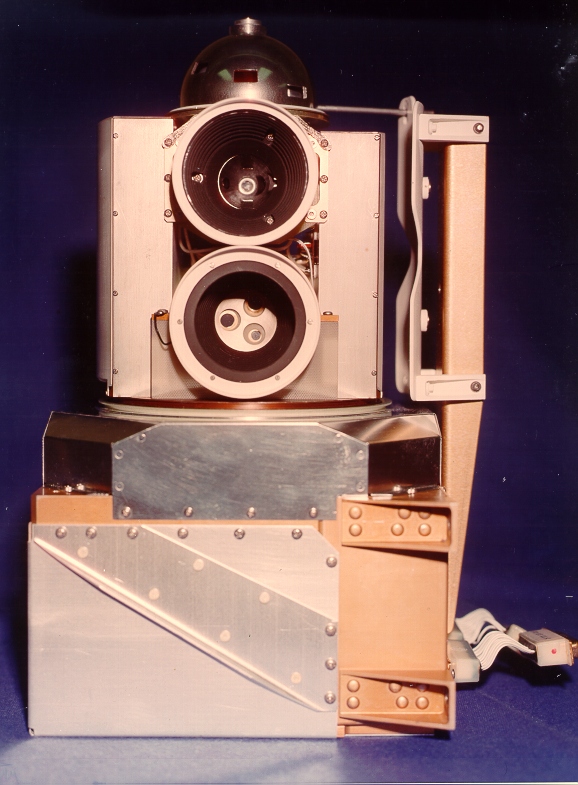
 |
Fundamental TechnologiesVoyager LECP Pages |
The records of this file are prepared by JPL data records system to contain the telemetry packets for the LECP along with identifying information such as spacecraft clock, status, and housekeeping. In this form, the LECP data consists of the data numbers representing the log compressed count accumulations and the data number representing the digitized pulse heights.
The master rate files (MRT) are the log decompressed and reformatted count rate accumulations from the LECP instrument. These records have a common header block definition and a data block that varies depending on spacecraft data collection mode. “CRUISE” was designed for interplanetary and low counting rate intervals, “NEAR ENCOUNTER” was used for Voyager 1 Jupiter closest approach day and for Voyager 2 Saturn closest approach, “FAR ENCOUNTER” was used for distant regions of planetary flybys at Jupiter, Saturn, Uranus, and Neptune. Voyager 1 and 2 have been in a special version of Cruise, called Cruise 5A (CR5A) since mid 1990.
The master pulse files (MPT) contain the digitized pulse heights and accompanying rate channel information. These records have the same header structure as the master rate records. They accommodate the same series of modes, except for NEAR ENCOUNTER, for which there is no LEPT digitized pulse height information.
This file is the final step towards a standardized logical record definition for LECP rate information. No pulse heights are included, but the flux average record uses a standard 100 channel logical channel definition for the LEPT data. Actually 99 are used and there is one spare. There is an attached block of derived information--notably fluxes in physical units--for each record. Here the averages are synchronous with the LEPT stepping platform (as far as operational modes allow.) These records are all 2800 bytes long.
Records of this file each include a full “SCAN,” that is, all available LEPT steps (1-8). So there are 100 channels and 10 “sectors.” Sectors 1-8 correspond to stepping platform positions 1-8, sector 9 is reserved for “data present, sector does not matter” and sector 10 is for a SCAN average.
These are ASCII “Flat files” of fluxes in 15 minute scan averaged browse mode or step synchronous high resolution mode prepared for planetary flybys (Jupiter, Saturn, Uranus, and Neptune).
These are records supplied by JPL data records and navigation teams that described the spacecraft locations and orientations.
This is a special custom format that includes magnetic field and pitch angles of the sectored data derived from observed magnetic field and SEDR supplied orientations of the spacecraft and LECP sectors.
Also see Voyager Data Archive Explanations.
Return to Voyager LECP Data Analysis Handbook Table of Contents.
Return to Fundamental Technologies Home Page.
Last modified 8/23/05, Tizby Hunt-Ward
tizby@ftecs.com